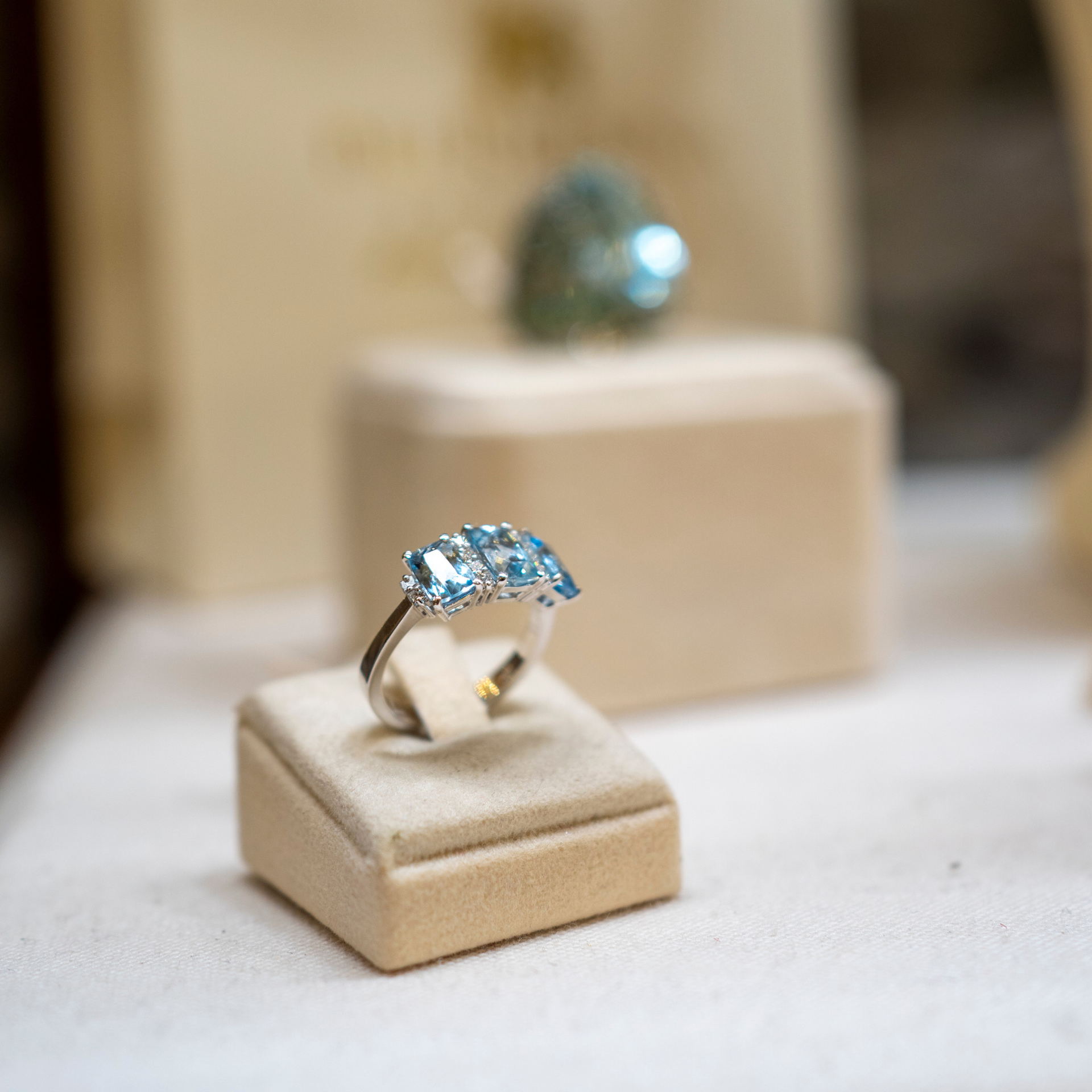BY DELBRENNA | DECEMBER 16TH, 2020
DECEMBER BIRTHSTONE: TURQUOISE

Winter blues have nothing on December birthstones: tanzanite, zircon, and turquoise. All three are best known for their beautiful shades of blue, but turquoise is our favorite!
Famous for its distinct striking blue tonality and admired since ancient times, the turquoise gem is amongst only a few minerals to have a color named after it. DelBrenna loves turquoise and has several pendants including this gemstone, large, small, or matrix - perfect for all December divas!
TURQUOISE History & Properties
The term Turquoise is said to derive from the French word "Turque," meaning "Turkish" because the first gems imported to Europe originally came from Turkey. Turquoise was found as early as 4000 BC; used for jewelry, religious talismans, and cosmetics preparation. The Ancient Egyptians were known to mine and use Turquoise to make jewelry and ceremonial objects. The Chinese and Ancient American cultures did the same centuries later.
Turquoise, believed to be a protective stone, has been used for amulets throughout history to protect against evil, danger, and even disease. The gem is also believed to remove negative energy, heal exhaustion and depression.
December's birthstone symbolizes freedom: strengthening intuition and releasing inhibitions for full expression. Excellent for creativity! Because of its calming color, calming the nerves, it is also a symbol of tranquility—what a great gift for an artist or a public speaker.
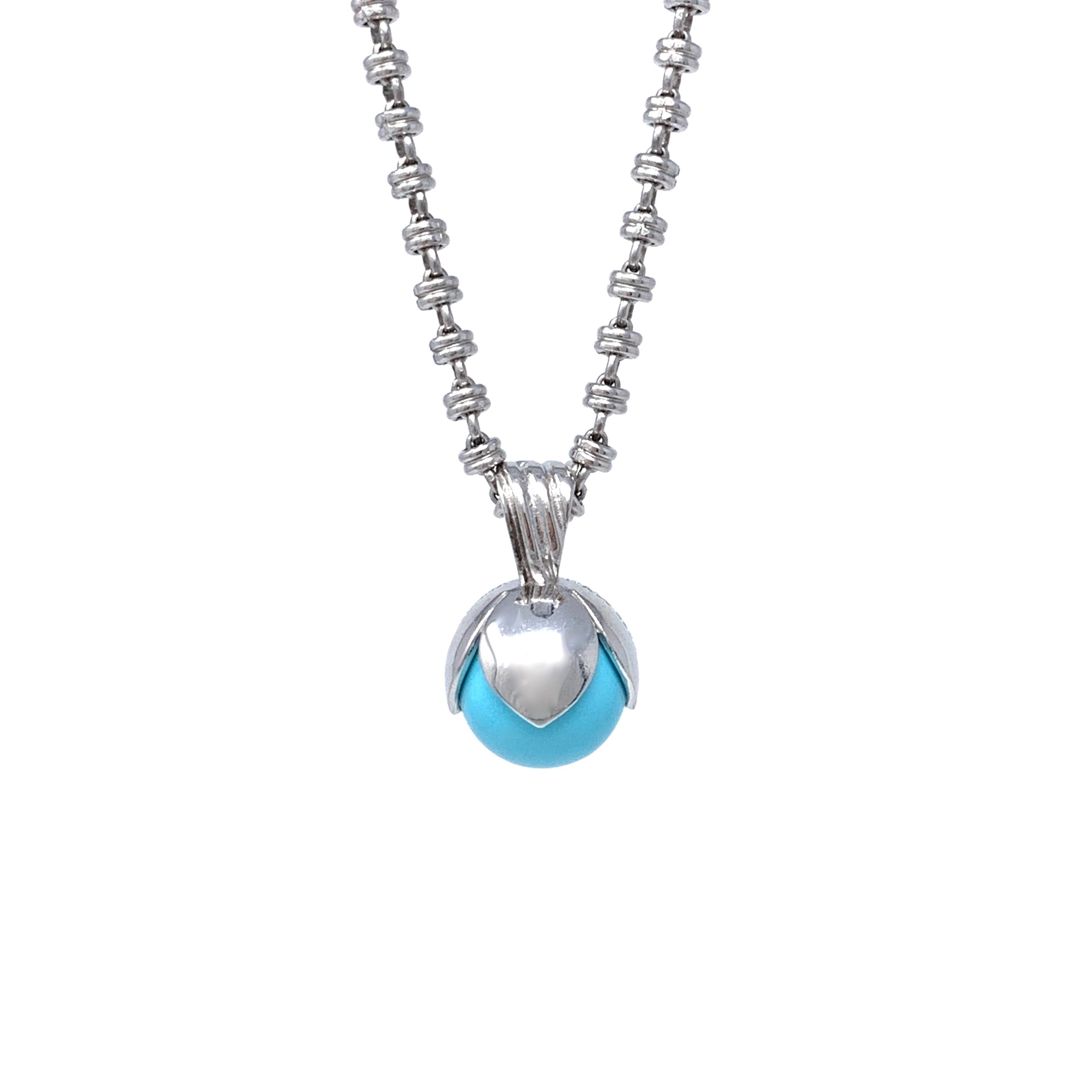

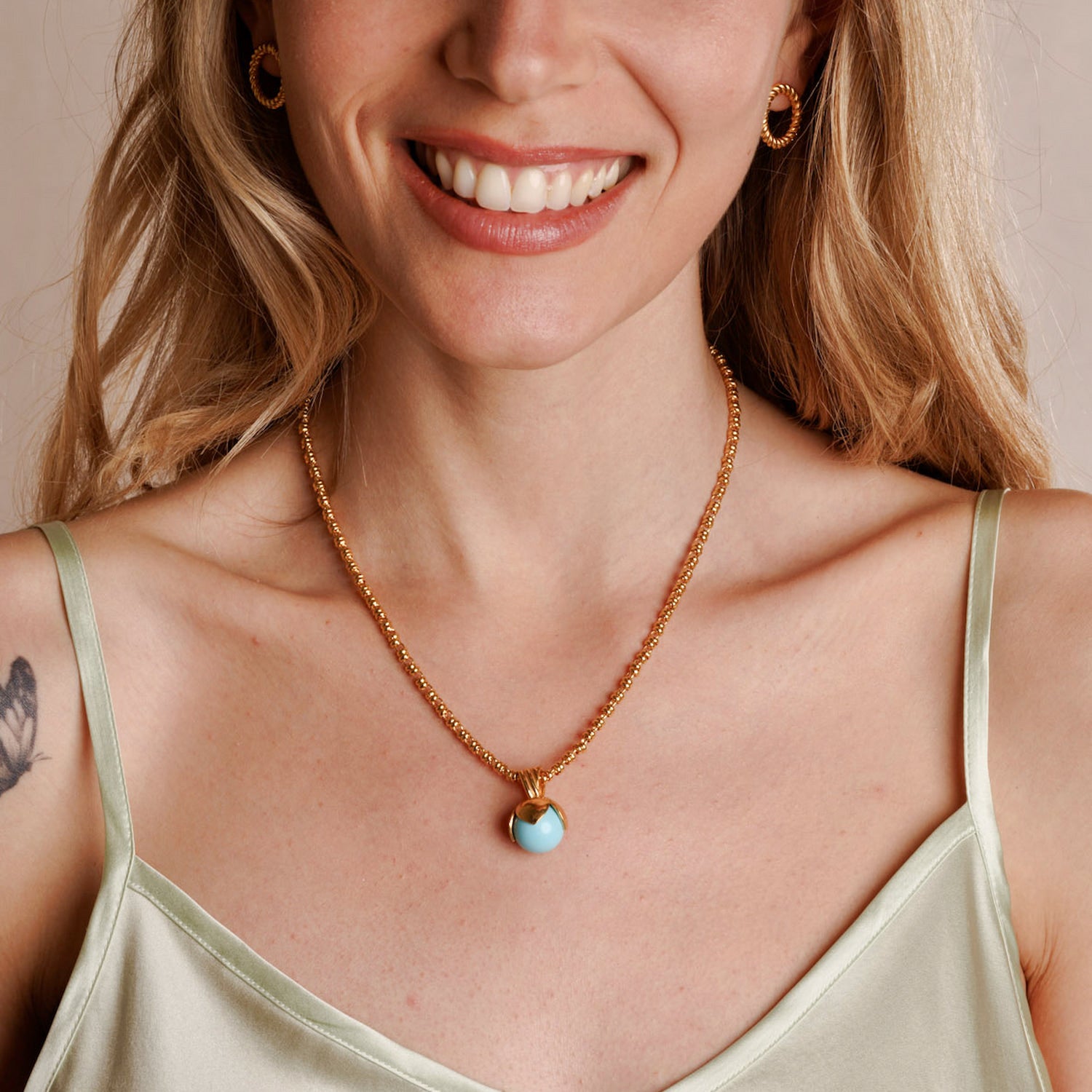

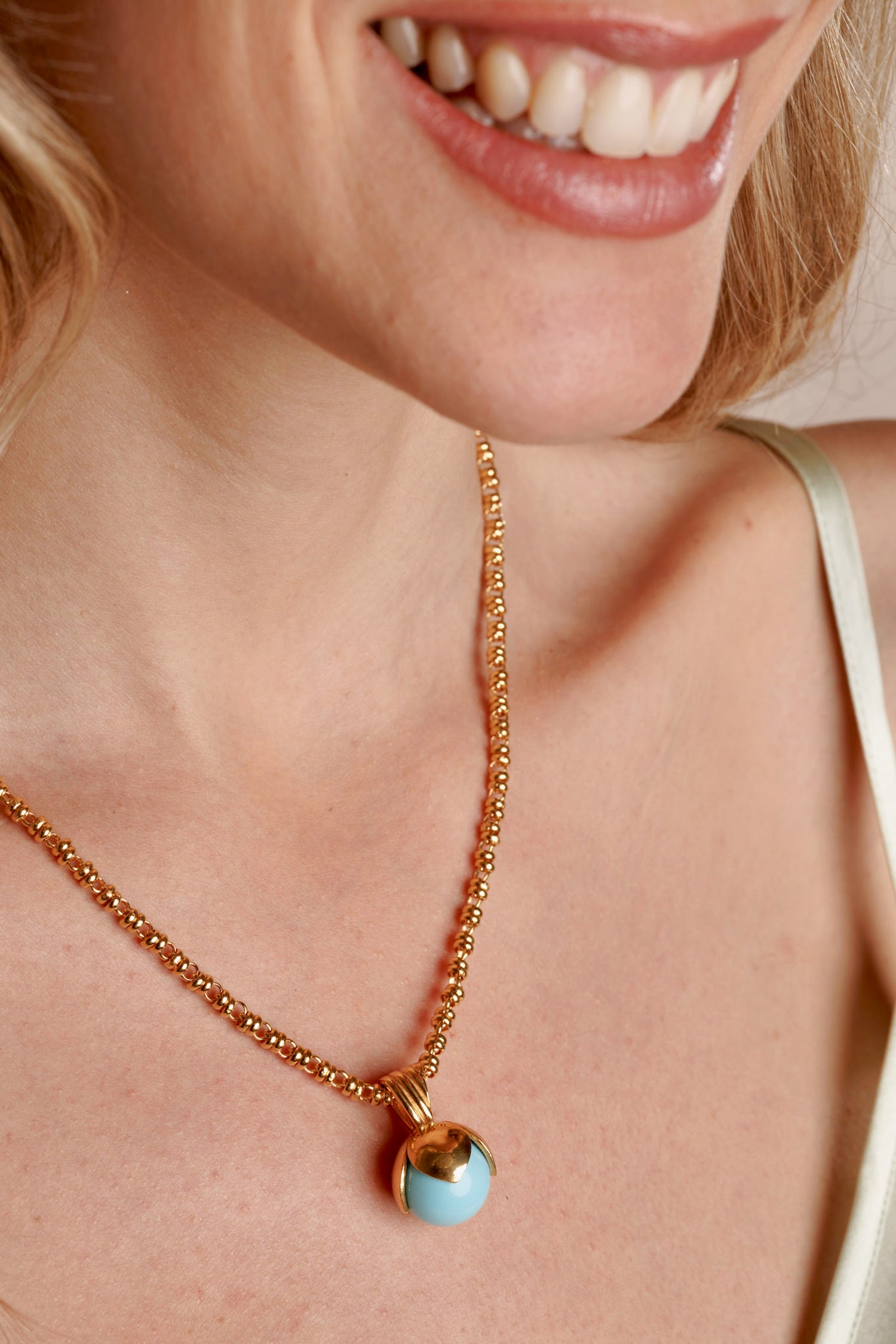
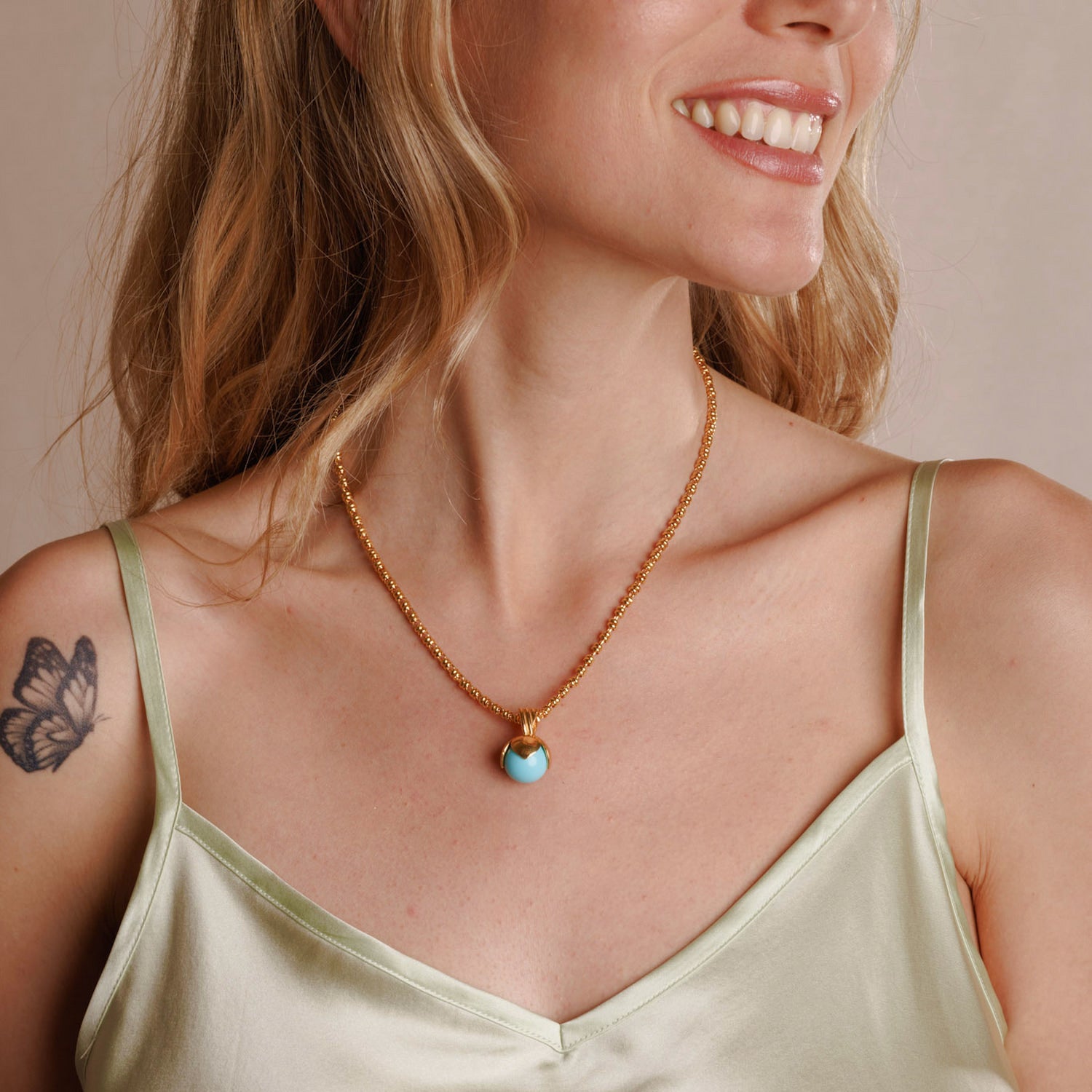
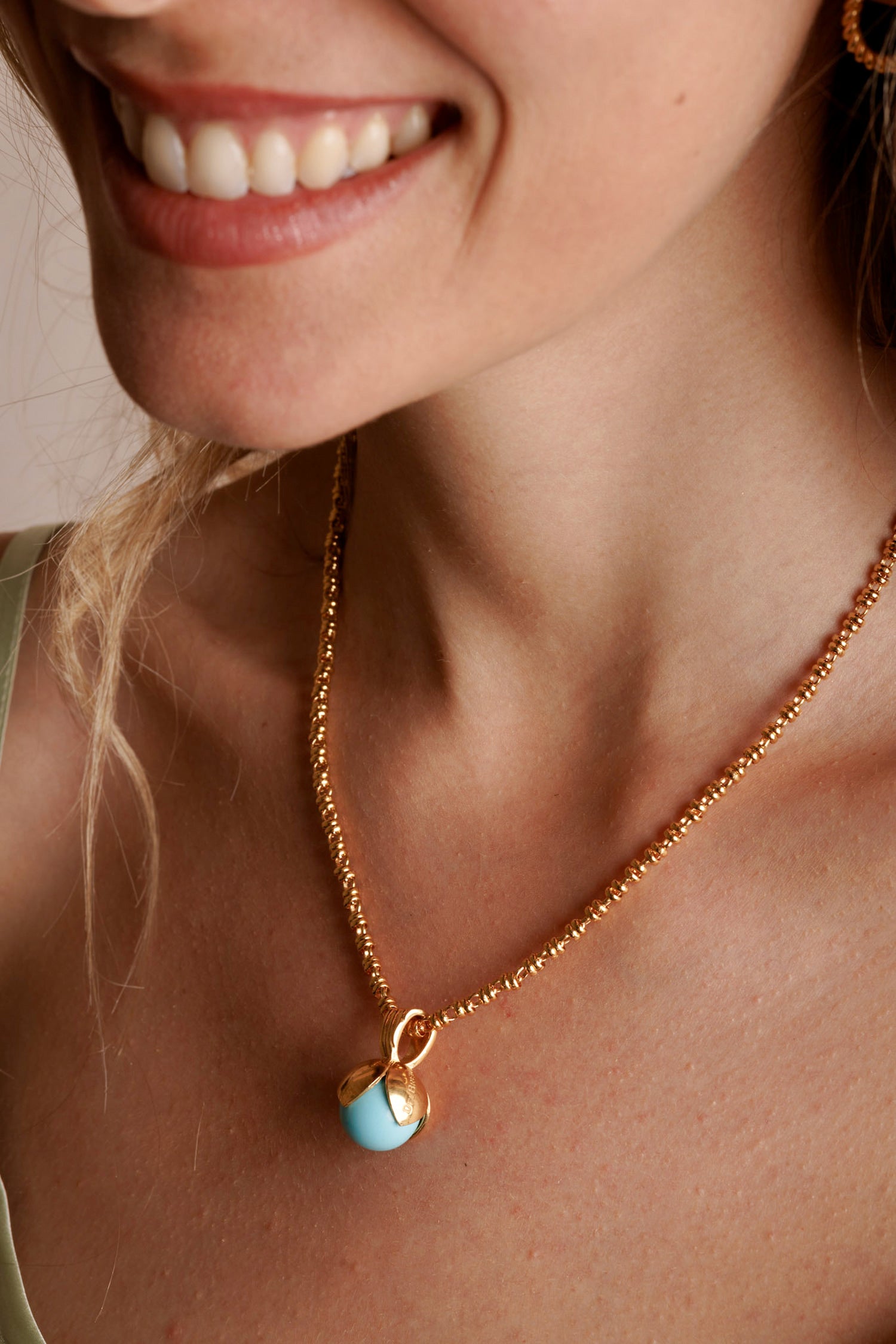
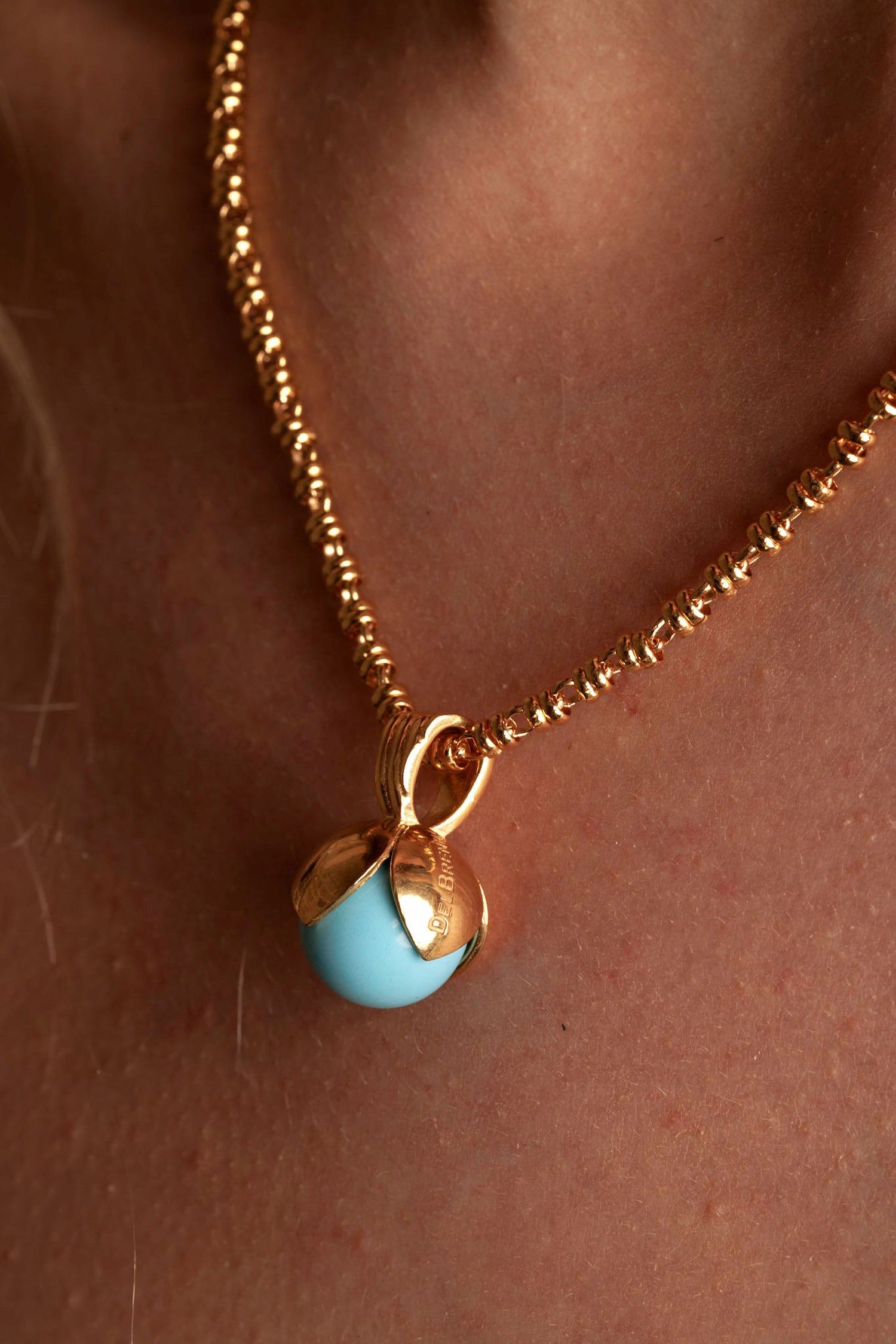
TURQUOISE FORMATION
Chemically, Turquoise is a hydrated phosphate of copper and aluminum. An opaque, blue-to-green mineral that originates from the water. This means that, as water moves through porous rock, minerals such as copper, aluminum, and iron are dissolved. But, over a long time, traces of these minerals remain in the pores and cracks of the rocks, forming deposits of a blue-colored material, which we know as Turquoise. The color of the Turquoise depends on the iron and copper that is left.
Turquoise blue shades appear when there is copper left in the rocks, while the green shades emerge when there are high concentrations of iron.
Turquoise can also show dark veins that run through it. These are residues of the rock where the Turquoise formed from weathering and oxidation processes over millions of years. This variation of Turquoise is called "Matrix."

WHAT IS RECONSTITUTED TURQUOISE
Due to increased demand for turquoise, mines worldwide have been depleted and closed, and there is very little natural turquoise left. Because the natural turquoise hue that DelBrenna favors is incredibly scarce, we have opted to use simulated turquoise in some of our jewelry collections. This material comprises reconstituted turquoise, made from natural stone cuttings that are ground into powder, bound with resin, dyed to achieve a beautiful blue hue, and then compressed into blocks to be cut into beads or other shapes for different jewelry designs.







